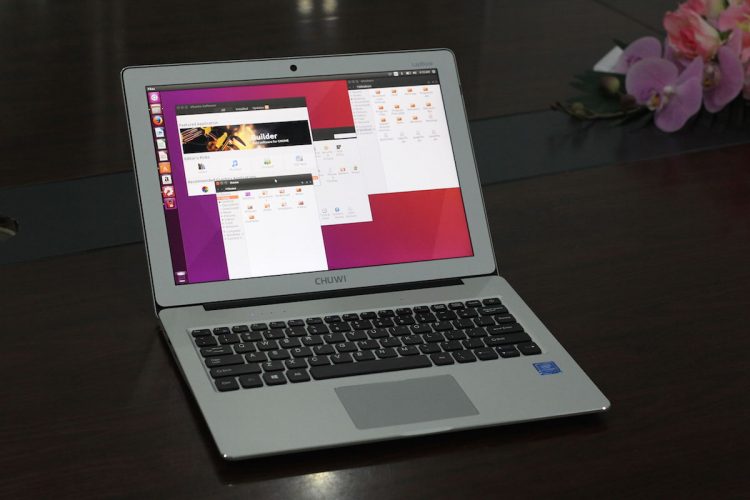Are you looking for a Chuwi Lapbook 12.3 review to help you decide whether this cheap n’ cheerful Chinese laptop is for you?
Well, look no further.
A reader recently shared the following Chuwi 12.3 video review in the comments section. It’s by TechTablets.com and, having watched all 15 minutes of it, I had to give it a bigger pimp here.
Seriously, if you’re genuinely considering whether or not to buy the Chuwi Labook 12.3, you have to watch this first.
Great Video Review is Great
Now, ‘fess up time: I don’t watch too many laptop video reviews (how I wish I were rich enough to have need to!) so the video below may seem par-the-course to those of you who regularly consume them.
But I found this review excellent. It’s thorough, insightful and impartial. And that last one is very important. It’s very easy for amateur bloggers and video reviewers to be seduced or flattered when a company send them a review unit, scared that issuing an overly negative review might affect their chances of getting review units in the future.
So I super appreciate the honesty on show in this guy’s review.
As an example, the reviewer addresses something I’d heard about from people importing computers from China: inspection checks. Aka, someone uses the laptop you before you, to check it actually works. Sometimes they even roll through creating a user account and leaving it on there…
As for the laptop itself, well on the whole it seems to be fairly decent, despite the ~£250/$300 price tag and 1.1GHz Intel Atom N3450. The SSD expansion bay is spotlighted, as are the ports, screen quality/brightness, battery life.
Unlike the expensive System76 Galago Pro, which we’ve heard unhappy customers say has a bit of ‘flex’ to it, the build quality of the Chuwi Lapbook 12.3 is said to be “great” and “well finished” — which is both reassuring and not that surprising given its metal alloy
Finally, while the reviewer does review the laptop with Windows 10 (which is what comes pre-loaded) he does boot up a Linux distro (Manjaro Linux, if you’re impatient to know) towards the end to see what hardware features work (spoiler: everything does, even the brightness and volume keys).
